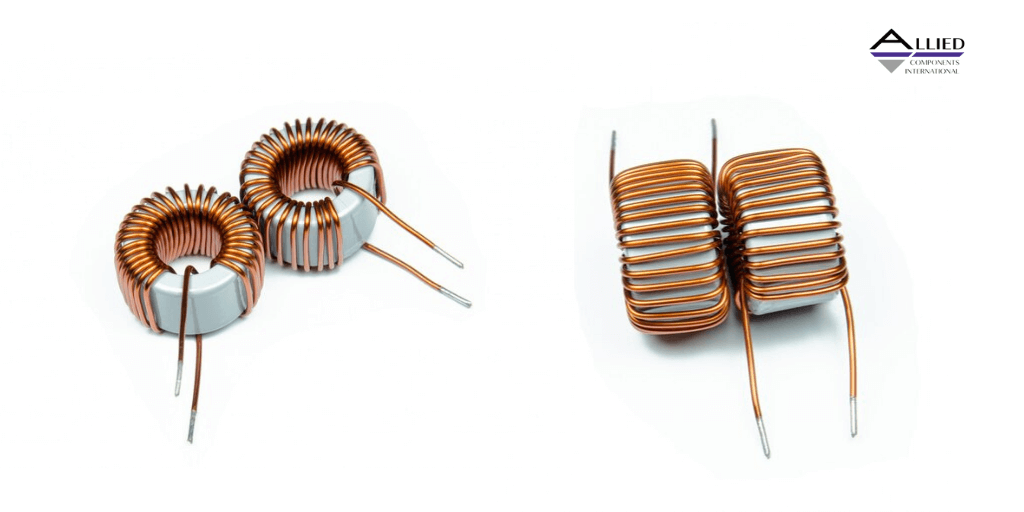What Is a Toroidal Transformer and How Does It Work?

Transformers move up and down in power and come in different forms, depending on the application. Traditional transformers are very loud and not very energy-efficient, whereas toroidal power transformers are more quiet and efficient. Here are some important details to know about toroidal transformers.
What Is a Toroidal Transformer?
Commonly found in power supply systems, this type of transformer is highly efficient and quiet while generating minimal heat. Its core, which many engineers think is ideal, is shaped like a donut. The primary and secondary windings around the core are separated by insulation material. This design minimizes magnetic flux leakage. Toroidal transformers provide significant benefits over the traditional square and rectangular-shaped transformers in sensitive and critical electronic systems.
How Do Toroidal Transformers Work?
A toroidal current transformer steps power up or down based on magnetic fields passing through the secondary coil. The amount of voltage generated relates to the number of windings in the secondary coil compared with the primary coil. A ratio of 2:1 in coil windings doubles the voltage. In other words, more windings in the secondary coil increase the voltage.
Related: Selection of Transformers: A Buyer\'s Guide
Changing the AC Voltage
From large power stations to small battery chargers, the toroidal current transformer is found in a wide range of electronic technology. The primary coil facilitates a positive magnetic field, allowing electrons to flow. In an alternating current (AC) signal, after the magnetic field reaches a peak, it falls to zero voltage to complete the first half-cycle. Then the electrons move in the opposite direction through the coil as a negative magnetic field is produced before returning to zero voltage to complete the full cycle.
A Toroidal Transformer Produces Less Noise
The reason a toroidal transformer produces less noise compared to other transformers is that it emits less of a magnetic field. It's important that the windings are tight and the transformer is secure as possible so that it doesn't vibrate, which creates noise.
Advantages and Disadvantages of Toroidal Transformers
Advantages
Power efficiency is a top advantage of toroidal transformers. Due to the magnetic flux within the coil, the windings are evenly distributed around the core. Another advantage is electromagnetic shielding, which protects adjacent components. Ultimately, toroidal transformers minimize signal distortion.
Disadvantages
One of the biggest drawbacks to toroidal transformers is they are more expensive to build. The construction process requires that each coil is wound one winding at a time. Additionally, it's not a good match for more than one phase application.
Related: 4 Advantages of Using a High-Voltage Pulse Transformer
Looking for a Transformer?
A toroidal transformer is an effective solution for sensitive environments where you desire low noise and high efficiency. Contact us at Allied Components International for more information on transformers and other electronic components.


